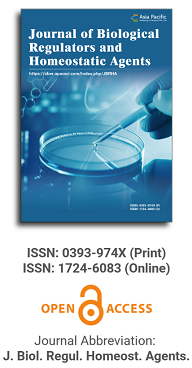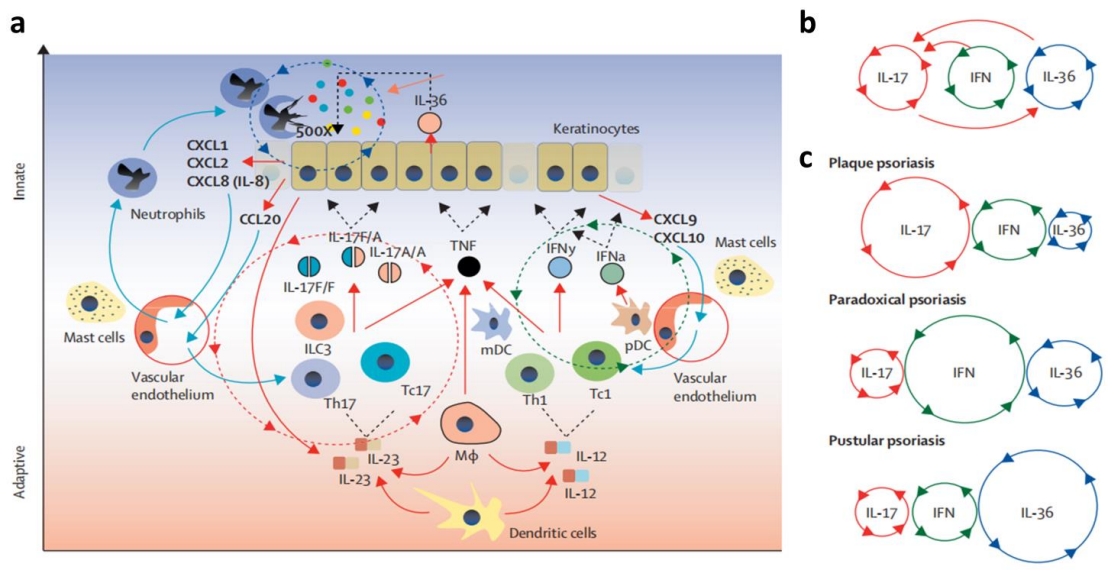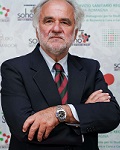
Asia Pacific Academy of Science Pte. Ltd. (APACSCI) specializes in international journal publishing. APACSCI adopts the open access publishing model and provides an important communication bridge for academic groups whose interest fields include engineering, technology, medicine, computer, mathematics, agriculture and forestry, and environment.

Current concepts on cleft lip and palate etiology
Vol 33, Issue 3S1, 2019
Abstract
Nonsyndromic cleft lip with or without cleft palate is the most common craniofacial anomaly affecting around 1 in 700 live births worldwide. Clefts of the human face can be classified anatomically as cleft palate only (CPO), cleft lip only (CLO), cleft lip and palate (CLP) or a combined group of cleft lip with or without cleft palate (CL/P), based on different in embryologic development. These malformations have some genetic origin, in fact several association studies have been performed to obtain important information about the candidate genes; but more important are gene-environment interactions that play an increasing role in its etiology. Epidemiological studies have shown how environmental factors (alcohol, smoking, drugs), as well as possible gene-environment interactions, play an important role in the onset of the malformation. On the contrary, folic acid intake seems to have a protective effect. In this review, we analyze the role of environmental factors related to onset of cleft.
Keywords
References
Supporting Agencies
Copyright (c) 2019 V. Candotto, L. Oberti, F. Gabrione, G. Greco, D. Rossi, M. Romano, S. Mummolo

This site is licensed under a Creative Commons Attribution 4.0 International License (CC BY 4.0).

Medical Genetics, University of Torino Medical School, Italy

Department of Biomedical, Surgical and Dental Sciences, University of Milan, Italy

